How to get rid of chipmunks safely and humanely

Knowing how to get rid of chipmunks can prevent these cute critters from invading your yard. When I say chipmunks, you're probably thinking of the comedic trio from Disney’s Alvin and the Chipmunks, or maybe Chip n’ Dale. However, in real life, opinions of chipmunks are a little different than Disney makes out.
While indeed cute and fluffy, these mammals can quickly turn into a pest should one find its way into your yard, much like squirrels. Their burrows can damage flowerbeds as well as foliage, leaving a mess behind as they forage. The good news is that there are ways to deal with chipmunks without hurting them.
Here, we'll break down what you need to do step-by-step to dissuade chipmunks from visiting your yard. If you’re unsure whether you’re dealing with chipmunks in the first place, we will also cover tell-tale signs of a chipmunk infestation. Here’s how to get rid of chipmunks safely and humanely.
1. Remove obvious food sources

Firstly, chipmunks have likely settled in your yard because there’s easy access to a delicious food source. Chipmunks thrive on fruit, vegetables, nuts, seeds as well as insects, so there’s often a selection of options available to them.
Take a look around your yard and consider whether there’s an abundance of food. For instance, if you often leave bird seed scattered on your lawn, or leftover pet food out in the open, you’re essentially ringing the dinner bell. The same can be said for any plants or trees which have grown fruit and vegetables, ripe for the plucking. Make such food sources less accessible or remove them completely.
For instance, seal any pet food away in airtight containers and feed birds via a dedicated and secured feeder. It's important that the feeder be chipmunk-proof — chipmunks can climb trees, so just because it’s suspended doesn’t mean it’s safe. You could use this Perky-Pet Squirrel-Be-Gone Max Large Wild Bird Feeder ($39.99 , Amazon) as an example. Make sure any fruit which has fallen to the ground is collected immediately as well.
2. Tidy up your yard
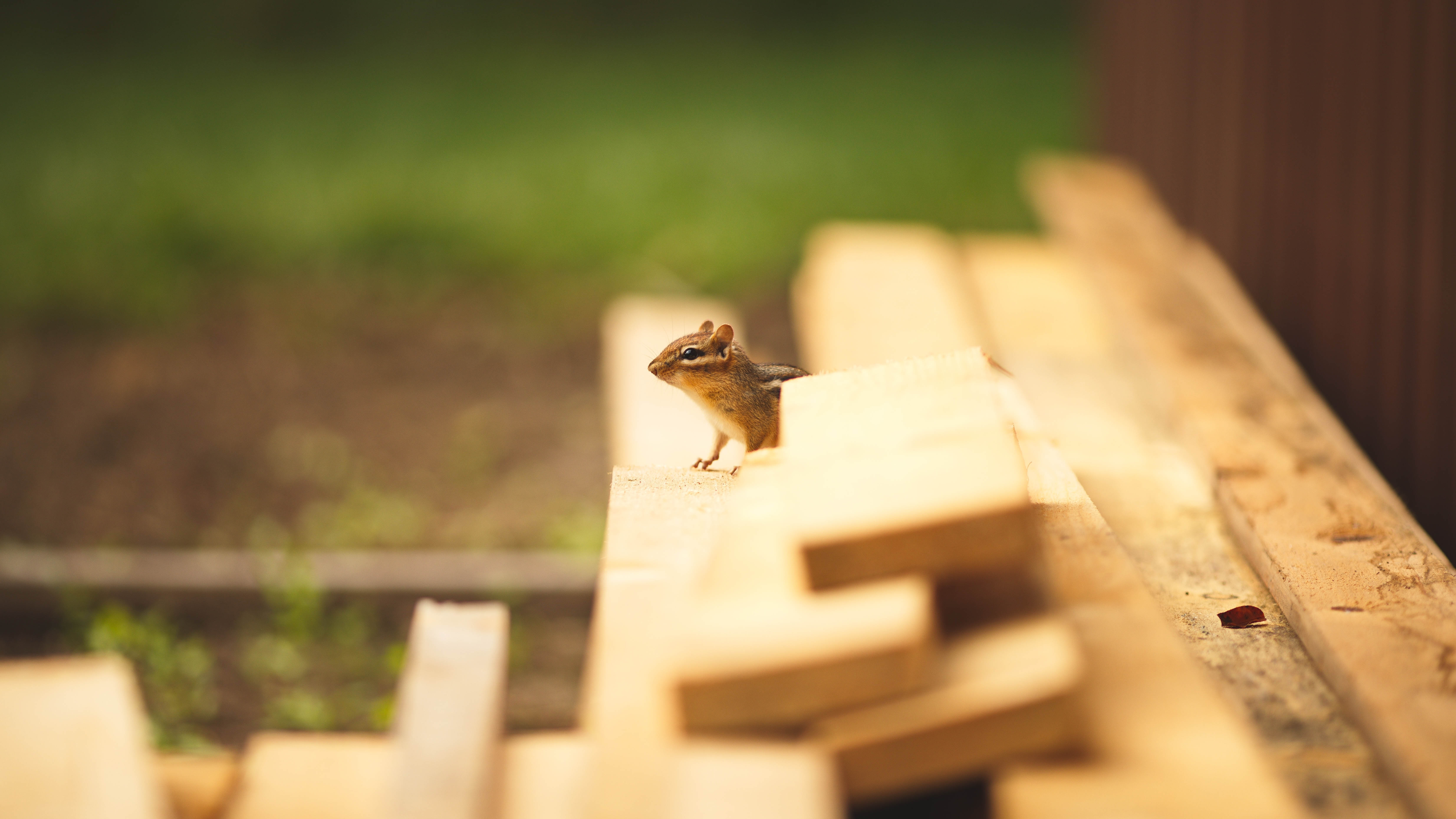
Shelter is another thing likely inviting chipmunks into your yard. If there’s plenty of areas to hide from predators, they feel all the more safe when they emerge from the burrows. Chipmunks tend to hide under piles of wood or rock structures as well as shrubs — these can all be inviting. Remove what you can and give yourself as much visual clearance of the ground as possible.
Get instant access to breaking news, the hottest reviews, great deals and helpful tips.
For the same reason, take the opportunity to tidy up your yard. If piles of leaves or large debris is left lying around, you’re only encouraging chipmunks into this space. Plus, a messy yard can attract all kinds of other pests for the same reason as well. Mosquitoes adore standing water, while racoons will take advantage of any trash.
3. Protect your plants
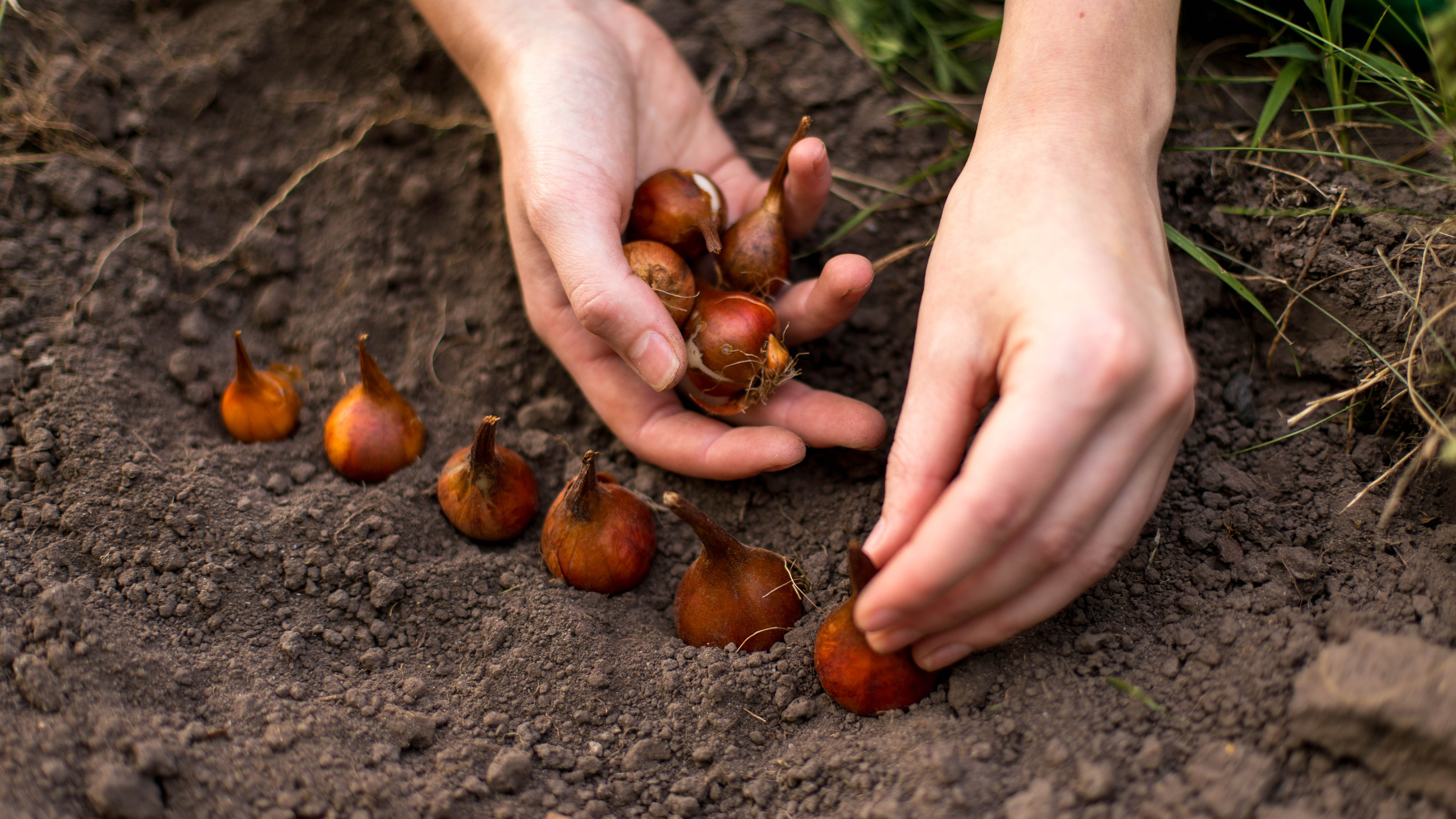
As mentioned in point one, you need to remove all sources of food. One such way to do this is by protecting any plants and bulbs which may be attracting the chipmunks. You can do this by installing bulb cages around any vulnerable bulbs, an example of this being Vole King Plant Baskets ($28.99, Amazon). You can also make a DIY version using ½ inch hardware cloth. Remember to leave a layer on the surface too — you can weigh this down with rocks if necessary. If chipmunks are stealing fruit from the branches, you could also try building protection around the plant itself, such as the Boldworks Garden Cloche Plant Protectors ($149.97, Amazon).
If you want to take things a step further, you can improve protection on your yard as a whole. By installing an L-shaped barrier underground around the perimeter, this will actively stop chipmunks from burrowing under. You can use a layer of wire mesh to achieve this. It needs to be at least a foot deep and angled at a 90-degree bend away from the area you want to protect.
4. Make chipmunks uncomfortable
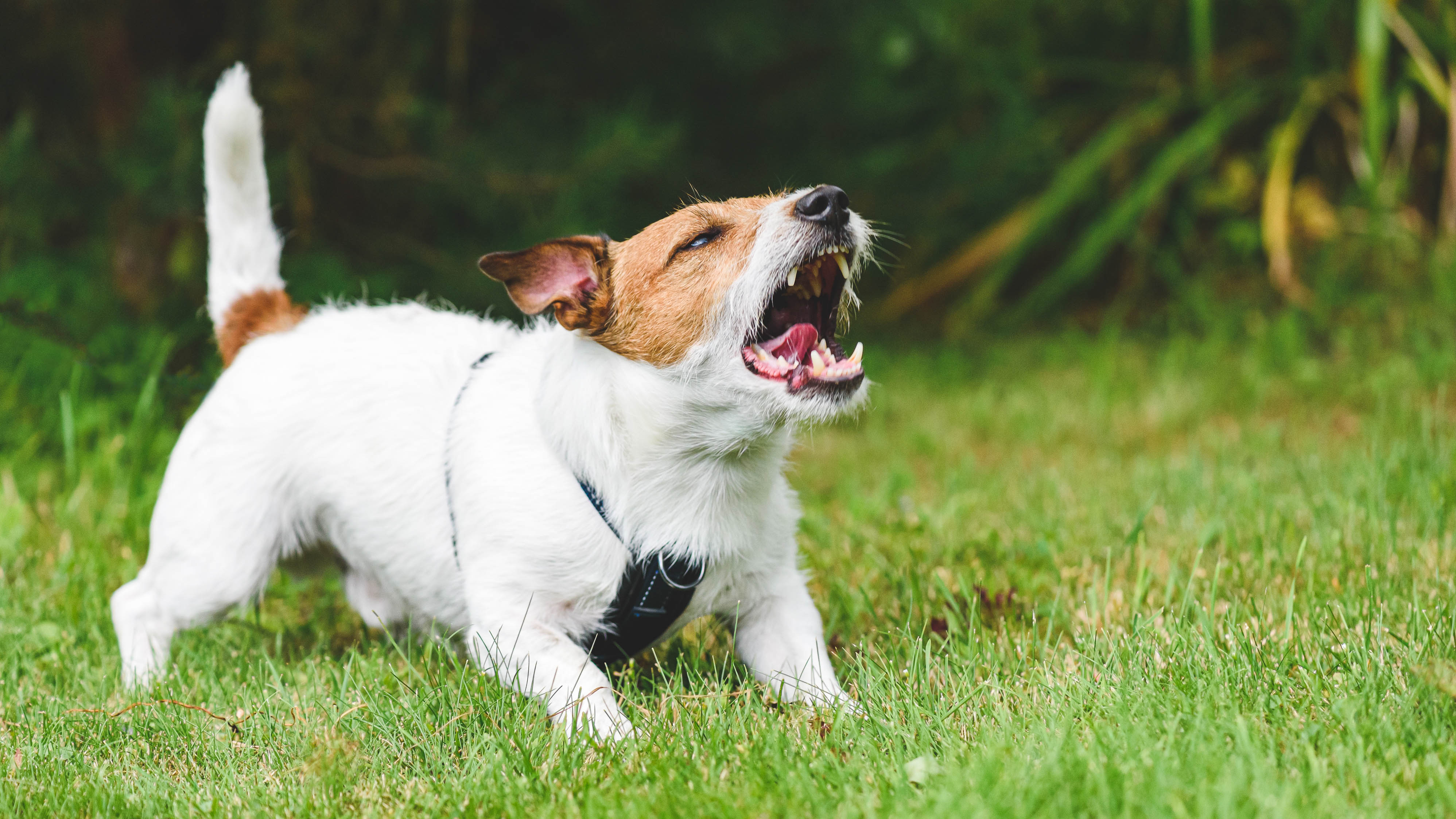
There are several methods you can use to make your yard less appealing to chipmunks. First, you can convince them that predators are nearby. A decoy predator can help with this, such as this GiftExpress 2 Pk 15.5" Scarecrow Owl Decoy ($29.99, Amazon). Although keep in mind, this can scare away birds as well.
Chipmunks generally don’t like cats or dogs either, so feel free to let your furry family members mark their territory in the yard. If you don’t own a pet, you can readily buy fox or coyote urine which you can spray around yourself, an example being PredatorPee Original Coyote Urine ($25, Amazon).
Alternatively, you can try an electrical ultrasonic deterrent. These devices will emit a high frequency sound on a regular basis. Such a noise discomforts the chipmunk and then deters it from returning. For instance, you could try the NIKAND Gopher Repellent Ultrasonic Solar Powered Stakes ($19.95, Amazon). You can also find motion-activated sprinkler systems which will douse the chipmunk on detection.
Another way to deter a chipmunk is by growing plants it would rather steer clear from, including the likes of daffodils, lavender, marigolds and onions. Each of these emits a scent which chipmunks can’t stand. Plus, they can deter more pests than one. Here are 7 plants that keep mice and rats from invading your home.
Failing all of the above, there are also non-lethal repellents which you can spray around the yard. Just remember to reapply this as often as necessary, particularly if it rains.
5. Trap them humanely
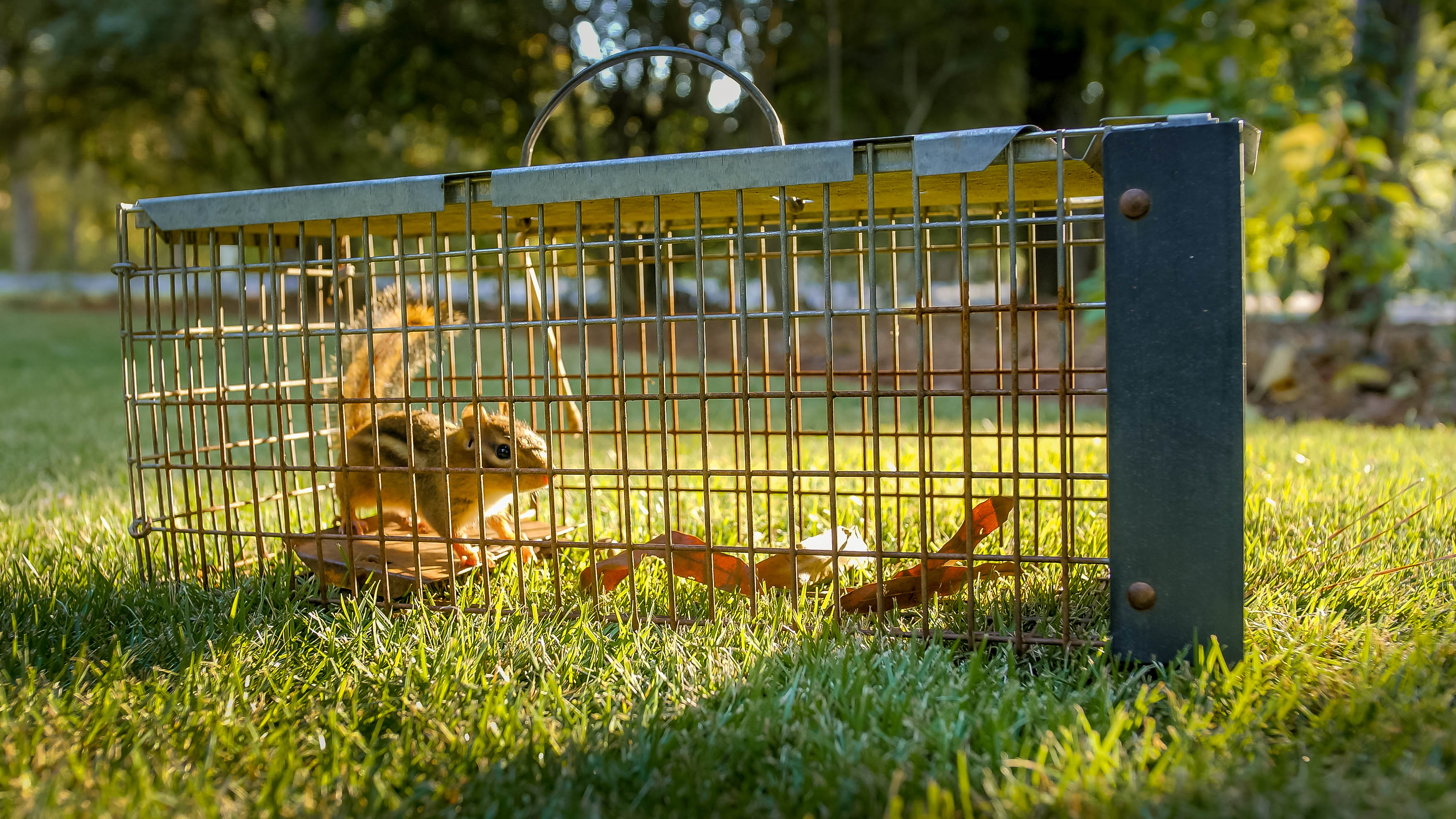
If chipmunks still wont leave your flowers alone, you can trap them without hurting them. Live traps are widely available for purchase from home department stores, each of which you will have to bait yourself and then check regularly (at least once a day), should you be successful. We recommend buying a single or two-door trap which is about 20 inches in length. For bait, you can use peanut butter, cheese or cereals; each of these will be effective.
Patience may be required for the chipmunk to grow confident enough to explore this space, so give it time. Be sure to place it in an area you’re confident the chipmunk frequents too. Once you’ve caught the chipmunk, feel free to release it a good distance from your yard — at least 5 miles away in a quiet wooded area ideally. Be sure to wear gloves whenever handling the trap.
Take care to check local laws before you trap and release a chipmunk though. In some municipalities, this can be illegal. You can always contact local pest management companies to be sure.
How to tell if you have chipmunks
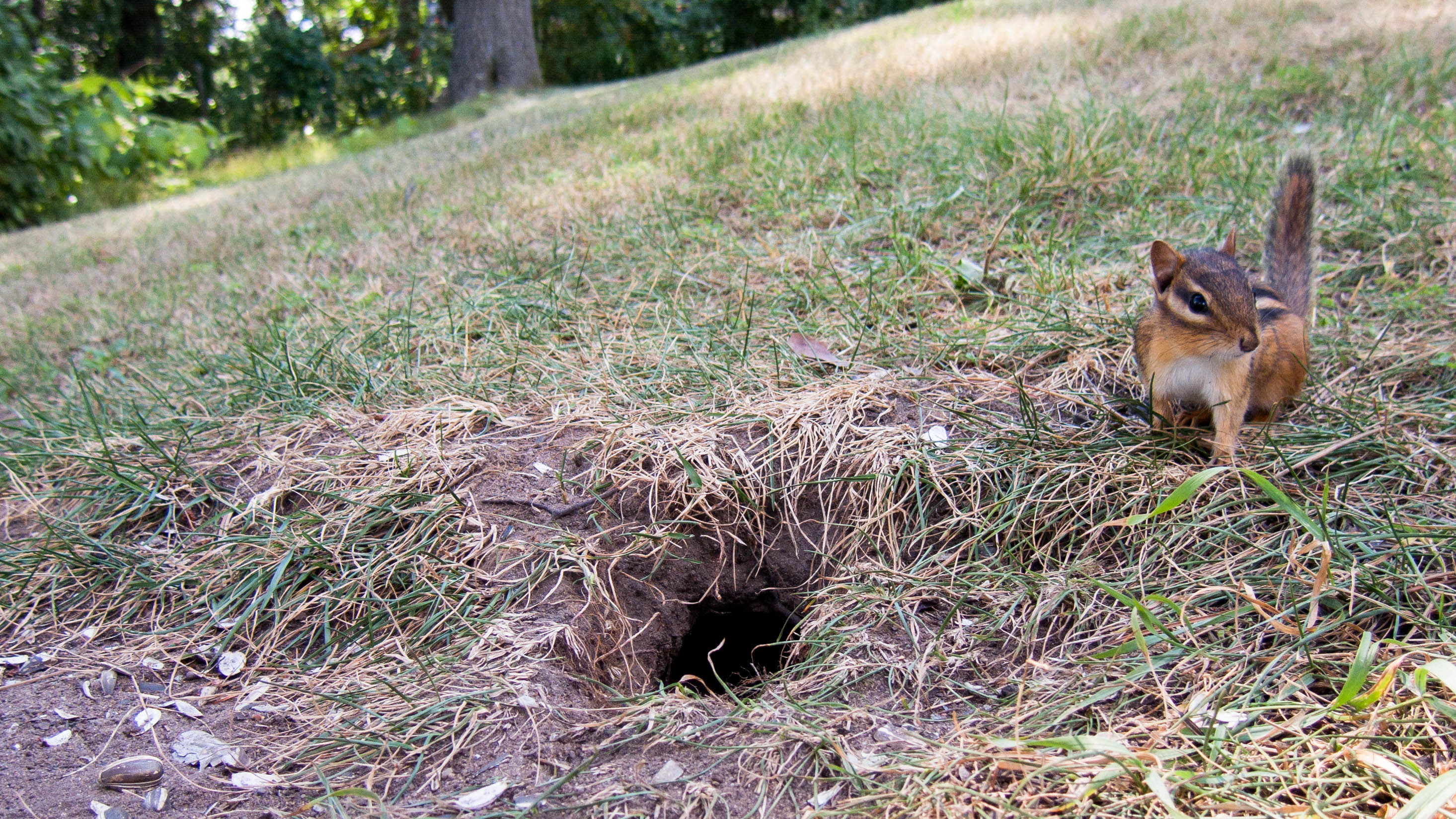
There are several tall-tale signs that chipmunks have made a home in your yard:
- Small holes (about two inches in diameter) develop along the foundations of your home or against walkways. No dirt mounds will appear above ground, as it is for moles.
- Signs of damage to your plants and foliage. Bulbs may be uprooted. Flower beds may be destroyed as they burrow.
- You might hear a chipmunk outside — these mammals chip, chuck and trill when they detect predators.
- You might spot tiny pawprints in the soil as evidence of chipmunks.
More from Tom's Guide

Katie Mortram used to be a Homes Editor for Tom's Guide, where she oversaw everything from kitchen appliances to gardening tools, as well as smart home tech. Specializing in providing expert advice for cleaning and home manintenance, she now works as Household Advice Editor for Good Housekeeping.
